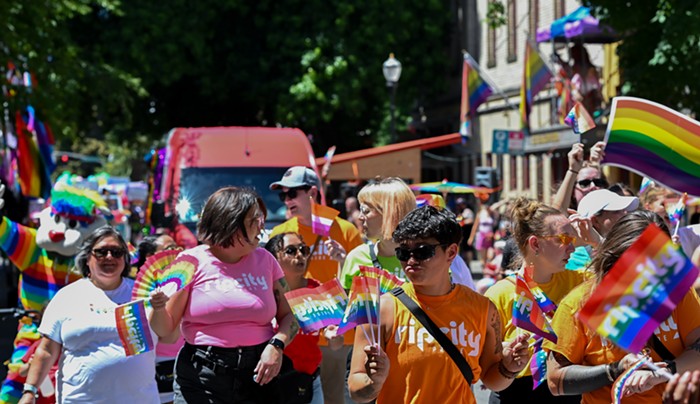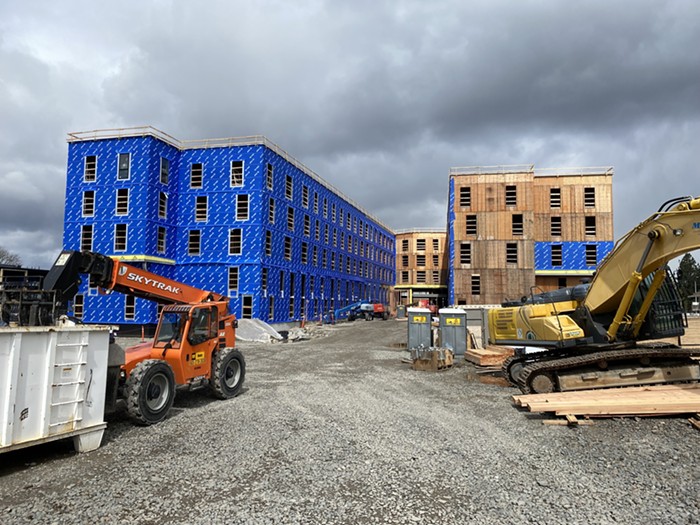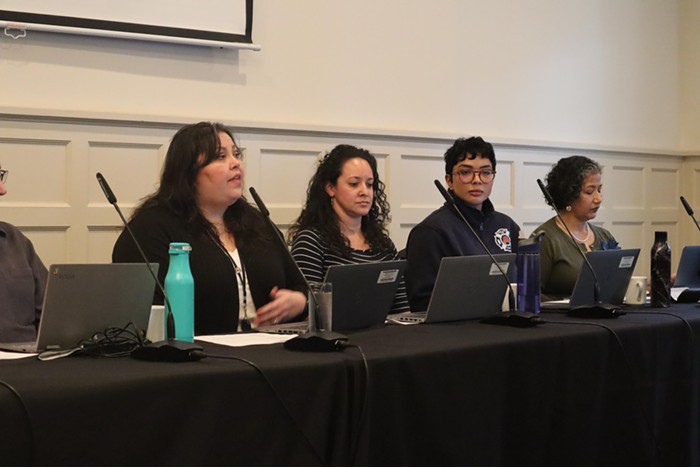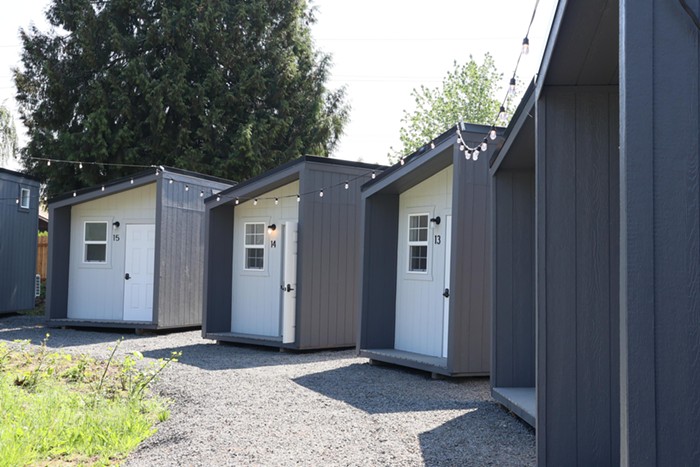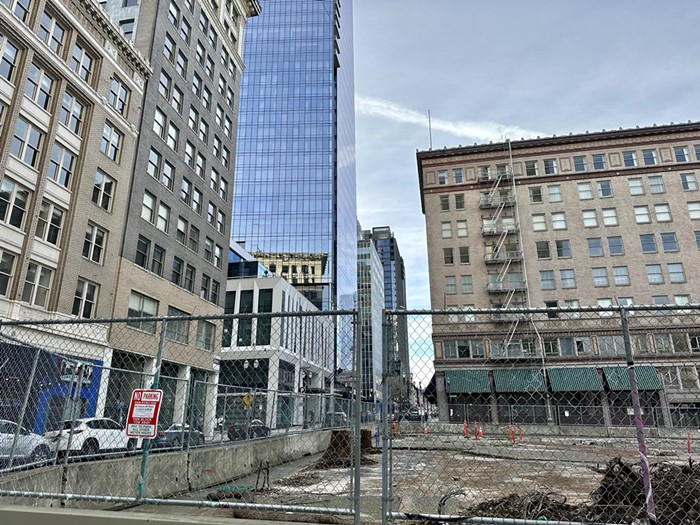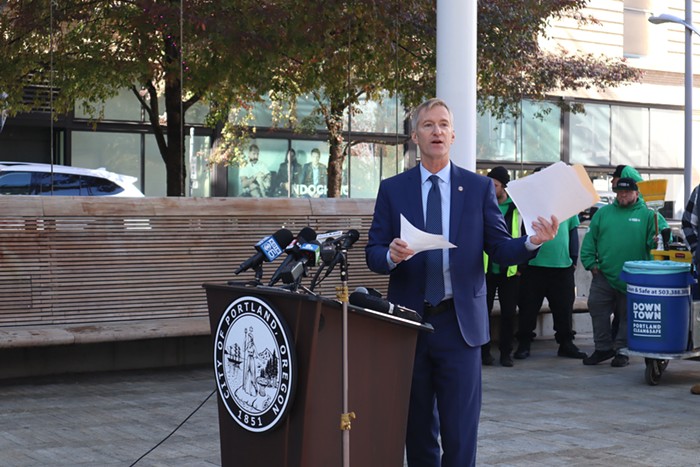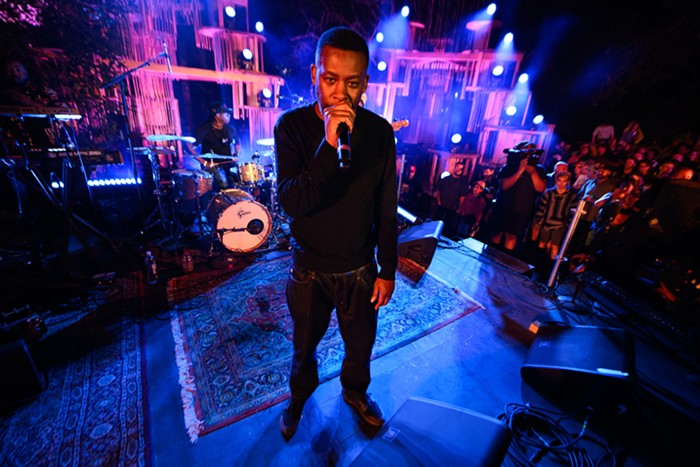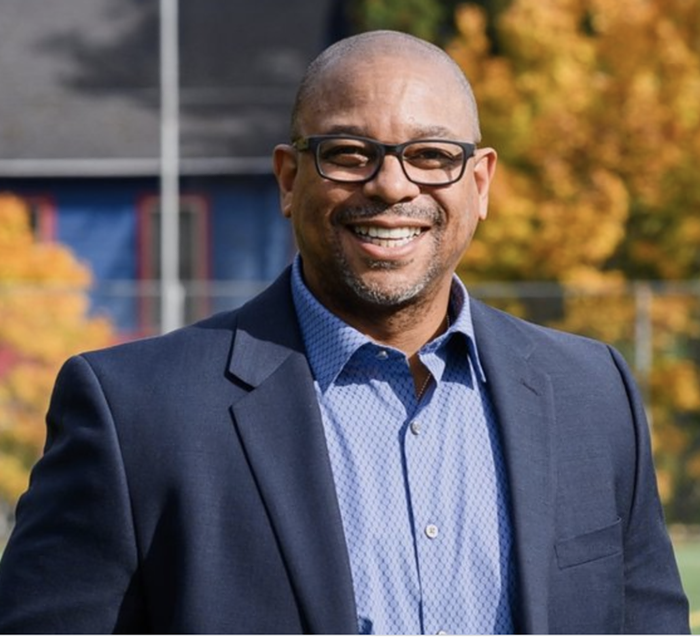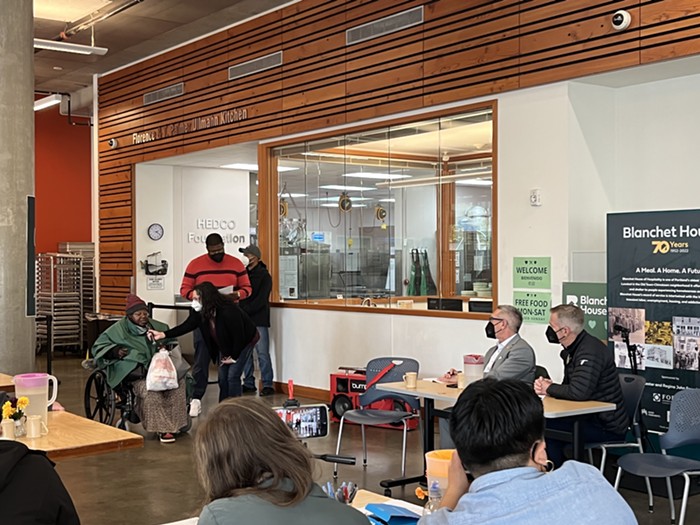IT FEELS EARNEST to declare it—and I realize this'll put me on some watch list kept by the barcodes-on-foreheads kooks—but I'm glad 2010 was a census year.
Why am I such a nerd? Because, with new data, we can actually speak with some clarity on one of the stickiest issues surrounding Mayor Sam Adams' plans for gun-crime "exclusion zones" ["The Unloaded Barrel," News, March 24].
That issue being: Will those zones, as currently drawn, disproportionately affect Portlanders of color? The answer, likely, is yes.
In one sense, that's not a surprise. The largest zone—a trapezoid in Northeast Portland formed by Lombard, Interstate, MLK, and Russell—envelops block after block of an area that's been considered, ever since the second half of the 20th century, the heart of the city's African American community. In that zone, gun probationers or parolees caught lingering would risk a misdemeanor trespassing charge.
Presumably, cops serving with gun and gang units would know the names and faces of anyone on the exclusion list, and those cops would do most of the work. But any officer can enforce the ban, and it's not difficult to imagine bad apples using it as pretext for racially motivated police stops: "Well, you look just like..."
Ten years ago, according to census data, that fear would have been especially sharp. Black Portlanders populated the blocks bound by the mayor's lines overwhelmingly.
Of course, that was before a wave of twee cafés, boutiques, and gewgaw shops remade thoroughfares like North Mississippi—and before white hipsters and families swarmed in.
So maybe, some might ask, gentrification has rendered the whole question moot?
City officials, to some degree, are hoping so. They say the only colors they considered were blue and yellow—dots on a map, that is, showing the densest clusters of shootings and attempted murders over the past five years. Others would point to traditional black neighborhoods on the east side of MLK that didn't make the zone.
Fine points—but this is where the latest census data rides to the rescue. Have Albina and other parts of Northeast Portland gotten whiter? Yes. Many African Americans, priced out by the boom in their old neighborhoods, have moved east or to the suburbs.
But guess what? Whiter or not, that exclusion zone still has more African Americans per capita than nearly any other part of Portland. That hasn't changed.
The mayor, to his credit, has promised regular data on how well the zones are working. He needs to go further. The names of those facing exclusions—and anyone arrested—should also be made public. And then we'll really know whether this plan will wind up just like the city's drug- and prostitution-free zones: unconstitutional.
